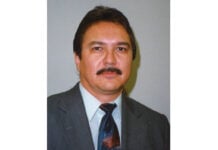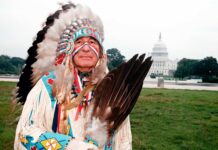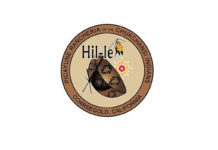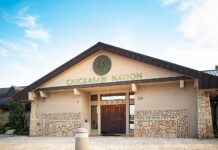Paul Gordon is SVP of Sales at Rymax, with over 30 years of experience in loyalty marketing. Since 2008, he has led sales growth, client expansion and brand partnerships. A Forbes Council contributor, he’s been featured on Bloomberg, FOX Business, and USA Today.
How have player expectations around rewards and gifting evolved in the tribal casino space over the past few years?
Long gone are the rewards that are not name brands – even logo items are becoming less desirable. With access to information in the palm of your hand via smart phones and the enormous impact of social media and influencers, the players want “good stuff.” They are savvier to what is trending and the value of that item. The key to a successful loyalty program is to give the participants what they want, and by looking at purchasing and category trends, the program can be very impactful.
Are you seeing a shift in the types of rewards – such as luxury items, wellness products, or experiences – that resonate most with today’s tribal casino patrons?
With a fragile economy driven by lower consumer confidence and increased costs because of the tariffs, the rewards have become more important to the players. Everyone is feeling the impact of higher prices and in some cases less available inventory. Redemption of brands is a huge driver for loyalty.
What role does cultural and regional relevance play in building effective player loyalty programs for tribal casinos?
My entire career has been built on a marketing strategy of segmentation and concentration. Know your player base. Know the regional demographic, because what works in one part of the country might not work in others. Always give the players a choice, and make sure that you have offerings for both male and female players, as well as by age groups.
From your point of view, how are new technologies – like automation, AI, or data analytics – shaping the way loyalty programs are managed at tribal properties?
AI will play a huge role in just about everything that we do. AI will enable casinos to offer highly personalized rewards products by analyzing customer behavior, preferences, and purchase history in real time. AI has the ability to cluster users into micro-segments based on behavioral and demographic data. That makes my segmentation and concentration marketing approach even more targeted.
How do you see merchandise and experiential rewards helping tribal casinos differentiate themselves in competitive regional markets?
Merchandise has an emotional element because it is personal and has a long life cycle that continuously reminds the player of the property and the value that the property places on them. It also has a higher perceived value versus the cost. Reward a player with a watch and they are reminded of your casino for years to come. And from a budget standpoint, the perceived value is far greater than the cost for the casino.
What are some of the best practices for building long-term, value-driven relationships with tribal casinos, especially in the rewards and gifting space?
Building and maintaining player loyalty requires a strategic mix of emotional connection, value delivery, and consistent positive experiences. Despite your location and the makeup of your player base, here are five key elements: (1) Listening and adapting based on your player’s voice. The role of the casino hosts and the marketing team’s interaction with the players helps to build a strong and unique loyalty program. Creating a role for players to have a voice in what they desire makes them feel that they are co-creators, and more importantly, advocates. (2) Consistent quality and performance in what the rewards are drives loyalty as the players anticipate the “next great thing.” Quality does not mean expensive, but it does mean desirable. (3) Meeting or exceeding customer expectations. That means excellent customer service. Products can be defective or lost and you need a dependable partner and top-notch customer service. Resolving issues quickly and professionally is particularly important. (4) Consistent experience across touchpoints and seamless experience across online and in-casino messaging. (5) Proactive communication by keeping players informed (order updates, new offers, and changes to the loyalty program).
Where do you see the biggest opportunities for innovation or growth in loyalty marketing within tribal gaming over the next three to five years?
The next three to five years will bring significant growth and transformation in loyalty programs, driven by AI, changing consumer expectations, and communication. It is estimated that by 2028, over 70% of casinos will integrate AI into their loyalty systems, predicting and offering the best rewards to drive play and player loyalty rewards. Communication will always be the most essential element and there will always be a “human” element. Casino players are social, and the casino experience is communal. Make the player be “a member of the family.” Do not confuse technology with the need for human interaction, so get to know your players and continue to learn from them.














































